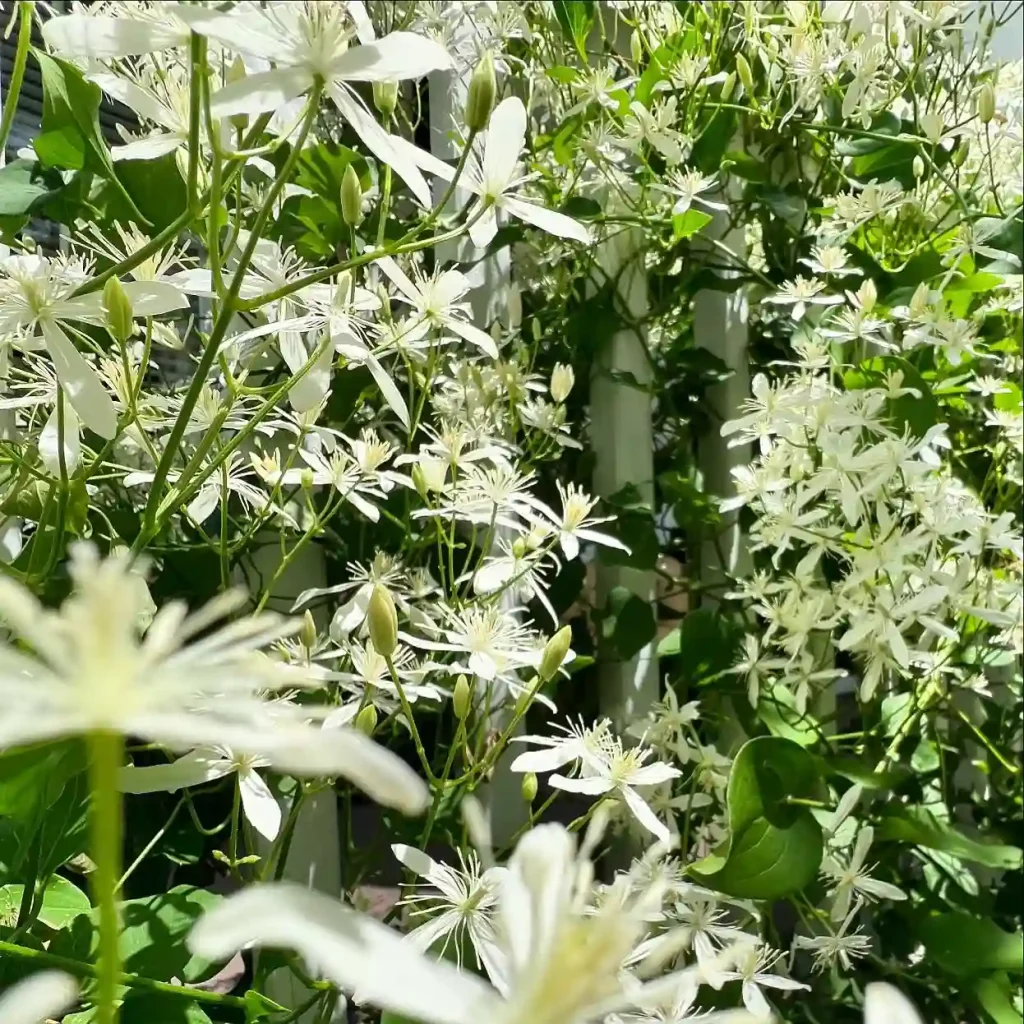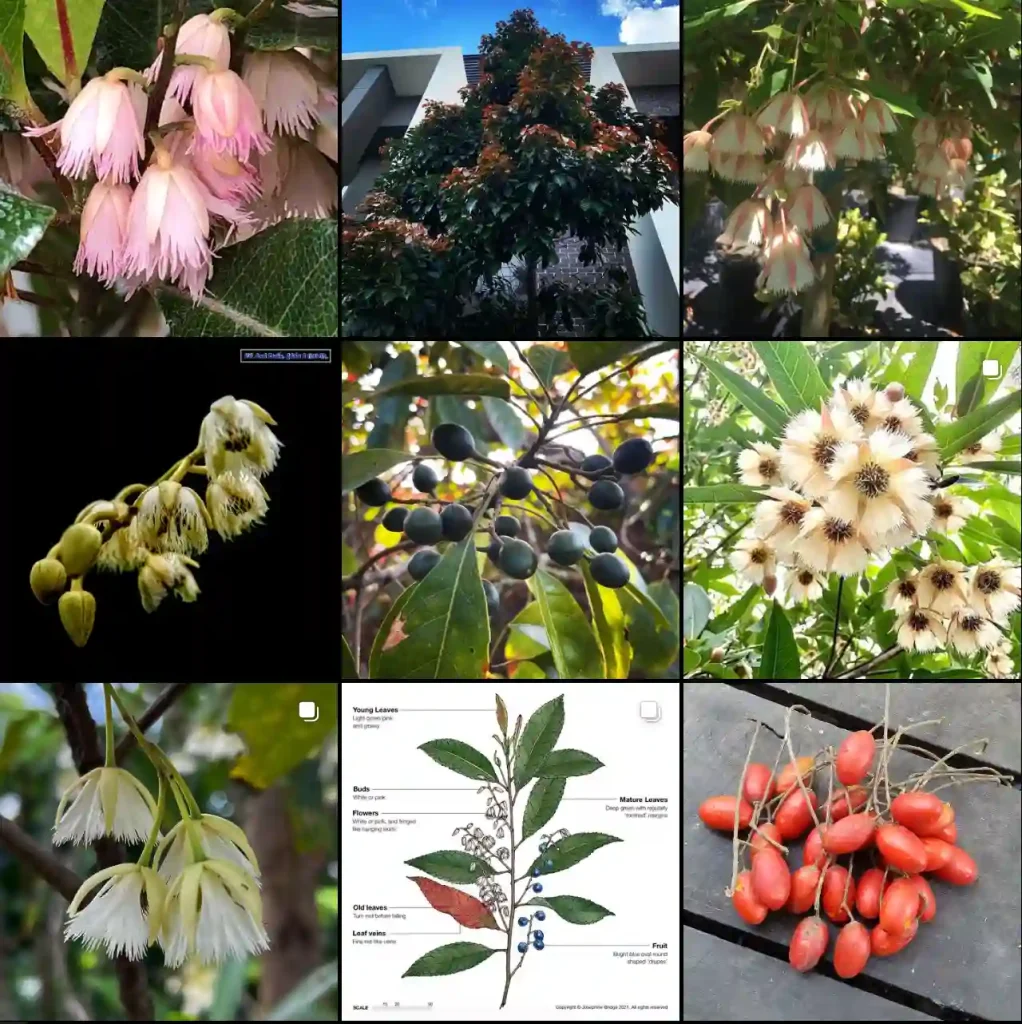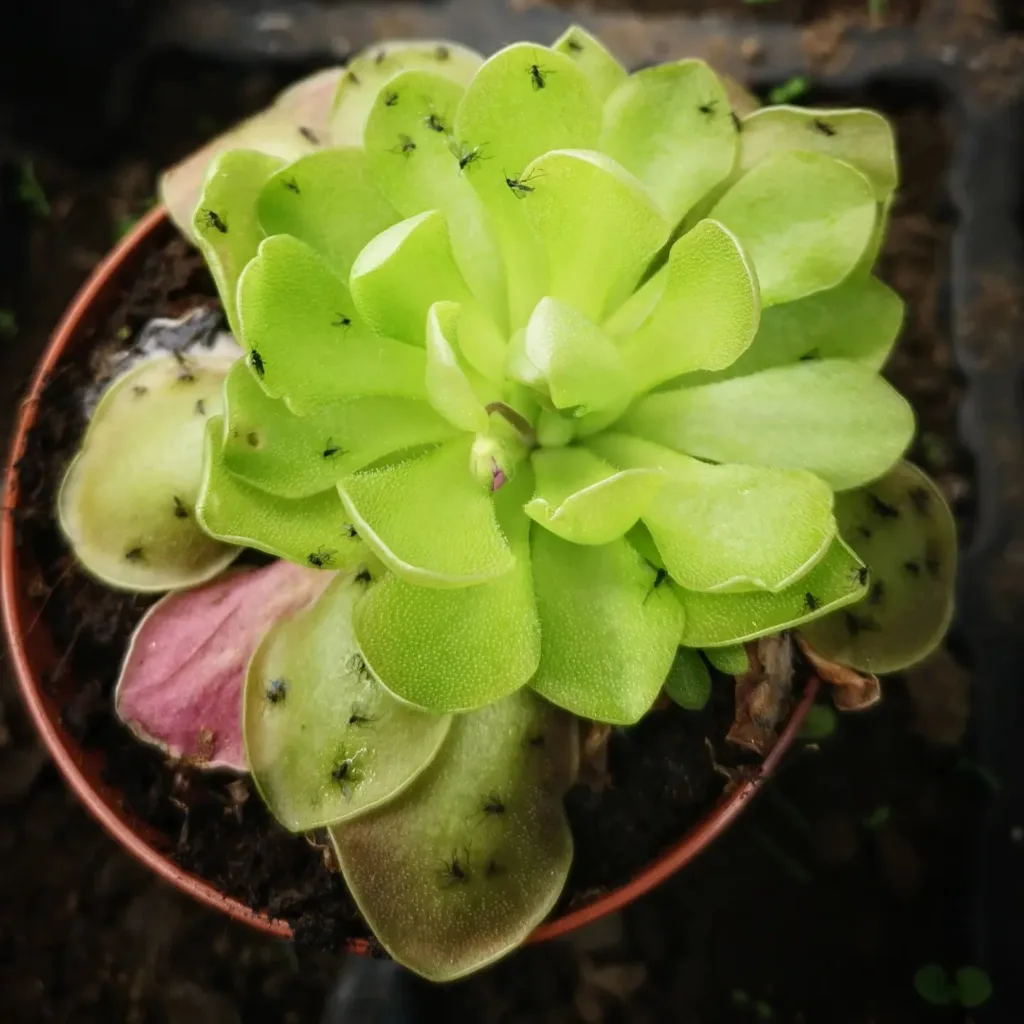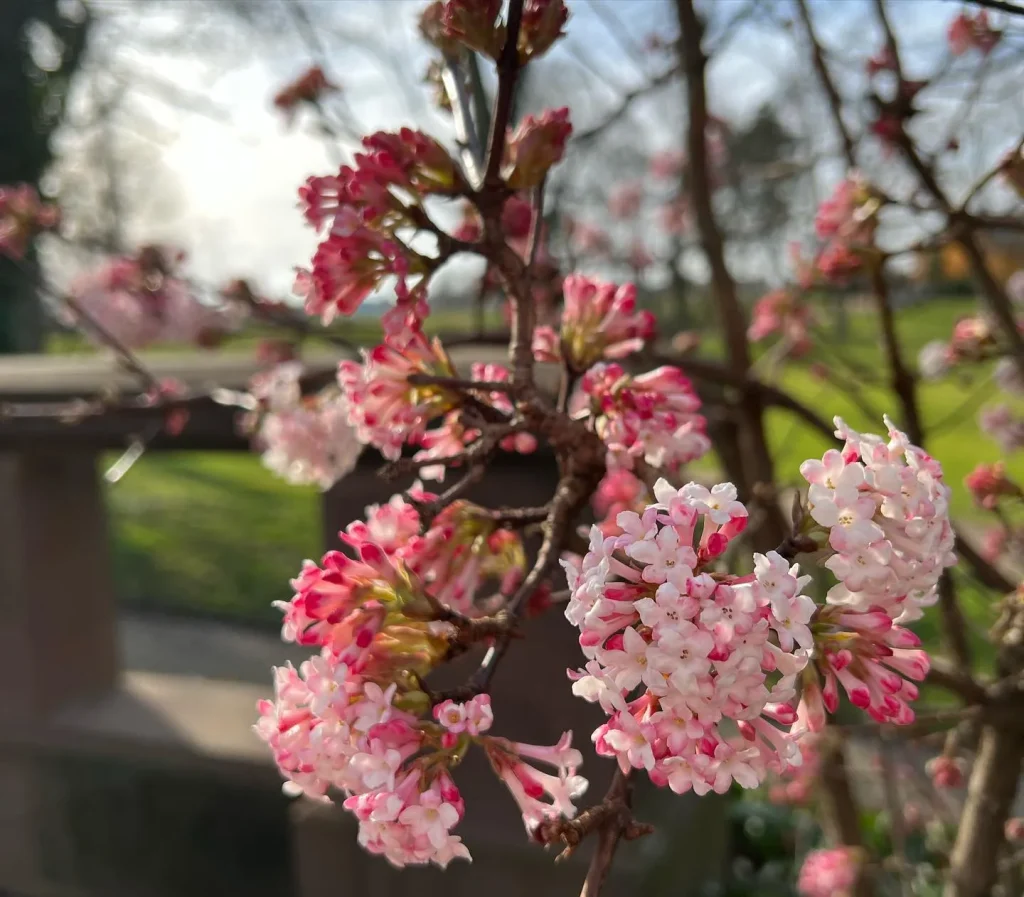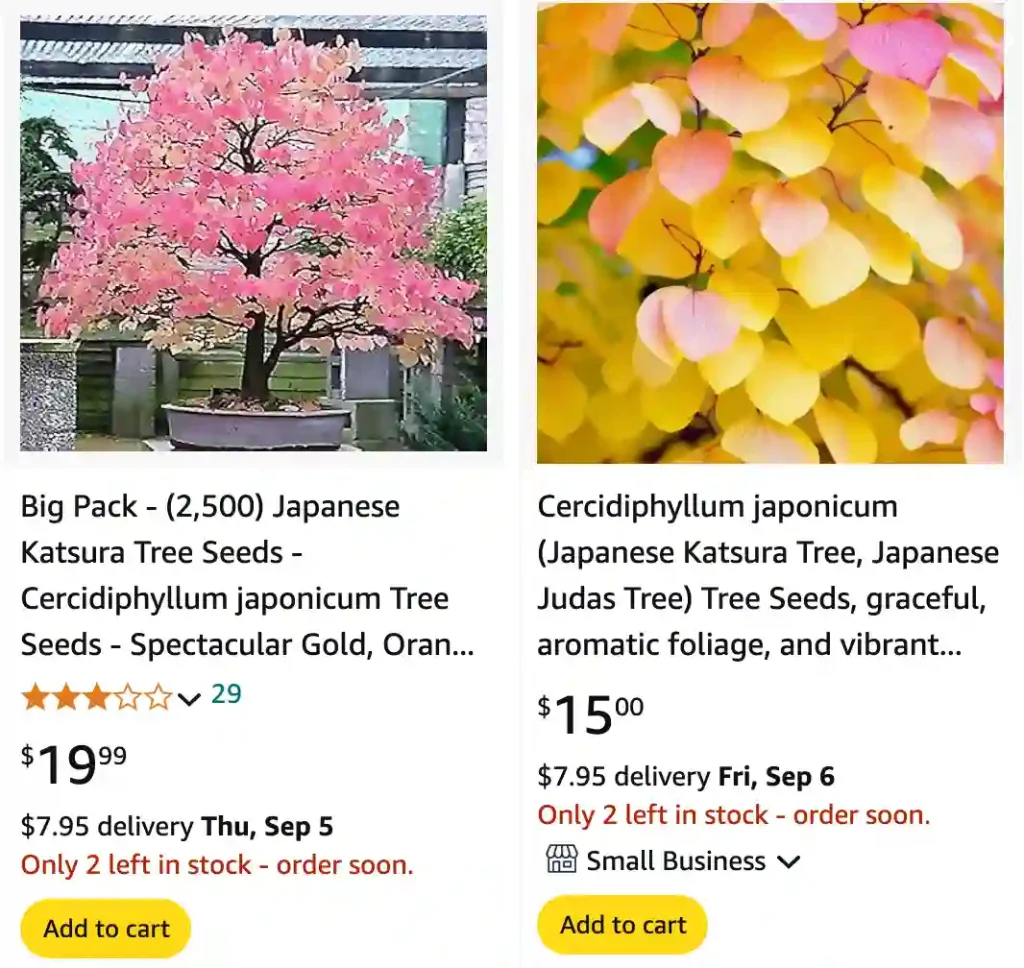
FAQs About Cercidiphyllum Japonicum
Cercidiphyllum Japonicum, often known as the Katsura tree, is a fascinating plant with a variety of unique characteristics. If you’re considering adding this beautiful tree to your garden or landscape, you might have several questions. Let me share what I’ve learned about growing, caring for, and understanding Cercidiphyllum Japonicum based on my personal experiences.
Plant Family: Cercidiphyllaceae – Genus Cercidiphyllum
How to Grow Cercidiphyllum Japonicum?
Growing Cercidiphyllum Japonicum can be a rewarding experience if you provide the right conditions. This tree prefers well-drained, slightly acidic to neutral soil. I’ve found that it thrives in full sun to partial shade, making it quite versatile in different garden settings. When planting, ensure the site has enough space for the tree to mature, as it can grow quite large.
The best time to plant Cercidiphyllum Japonicum is in the spring or fall. If you’re planting a young tree, dig a hole twice as wide as the root ball and mix in some compost to enrich the soil. Keep the soil consistently moist, especially during dry spells, but avoid waterlogging, as this can lead to root rot.
How to Pronounce Cercidiphyllum Japonicum?
Pronouncing Cercidiphyllum Japonicum might seem tricky at first. It’s pronounced as “ser-si-dif-il-um ja-pon-ik-um.” Breaking it down: “Cercidiphyllum” is pronounced as “ser-si-dif-il-um,” and “Japonicum” is “ja-pon-ik-um.” Saying it slowly and practicing a few times will help make it easier.
How to Care for Cercidiphyllum Japonicum?
Caring for Cercidiphyllum Japonicum involves a few key practices. First, it’s essential to water the tree regularly, particularly during its first few years of growth. Once established, it’s relatively drought-tolerant but still benefits from occasional watering during dry periods.
Mulching around the base of the tree can help retain moisture and keep weeds at bay. I’ve also found that applying a balanced fertilizer in early spring helps promote healthy growth. Pruning is generally minimal, but you can remove any dead or diseased branches to maintain the tree’s health and shape.
How to Propagate Cercidiphyllum Japonicum?
Propagating Cercidiphyllum Japonicum is typically done through seed or cuttings. Growing from seed is the most common method, although it requires patience. Stratify the seeds by placing them in the refrigerator for about a month before sowing them in a seed-starting mix. Keep the soil moist and warm until the seeds germinate.
If you prefer cuttings, take them in the late summer or early fall. Use a rooting hormone and plant them in a mix of sand and peat. Keep the cuttings in a warm, humid environment until they develop roots.
What to Plant with Cercidiphyllum Japonicum?
Cercidiphyllum Japonicum pairs well with a variety of plants. In my garden, I’ve successfully combined it with shade-loving perennials like hostas and astilbes. Its broad, heart-shaped leaves and attractive fall color make it a stunning backdrop for these plants.
You can also use Cercidiphyllum Japonicum to complement flowering shrubs or groundcovers. Plants like hydrangeas and ferns create a beautiful contrast with the Katsura tree’s foliage, enhancing the overall aesthetic of your garden.
Can You Grow Cercidiphyllum Japonicum Indoors?
Cercidiphyllum Japonicum is best suited for outdoor growth due to its size and natural habitat preferences. Growing it indoors can be challenging because it requires a large space and specific light conditions. If you’re looking for a tree that thrives indoors, consider smaller indoor varieties or dwarf trees that are more adaptable to indoor environments.
Is Cercidiphyllum Japonicum Toxic?
One of the benefits of Cercidiphyllum Japonicum is that it is not considered toxic to humans or pets. This makes it a safe choice for gardens where children or animals play. However, it’s always a good idea to keep an eye on any plant interactions, especially if ingested in large amounts.
Benefits of Cercidiphyllum Japonicum
Cercidiphyllum Japonicum offers several benefits. Its heart-shaped leaves provide a lovely texture to your garden, and the tree’s autumn color is spectacular, with hues ranging from golden yellow to reddish-orange. The Katsura tree also has a pleasant, sweet fragrance in the fall, adding an aromatic element to your garden.
Common Problems with Cercidiphyllum Japonicum
Despite its many positives, Cercidiphyllum Japonicum can face a few issues. One common problem is susceptibility to pests like aphids and scale insects. Regular monitoring and treatment with insecticidal soap can help manage these pests.
Another issue to be aware of is its sensitivity to heavy clay soils, which can cause root problems. Ensuring well-drained soil and proper planting techniques can mitigate this issue.
Compare Cercidiphyllum Japonicum with Similar Trees
If you’re considering alternatives to Cercidiphyllum Japonicum, you might compare it with trees like the Liquidambar styraciflua (Sweetgum) or the Acer palmatum (Japanese Maple). Both offer striking foliage and unique characteristics, but they differ in growth habits and maintenance needs. Sweetgum trees are known for their star-shaped leaves and spiky fruit, while Japanese Maples are renowned for their delicate foliage and compact size.
In conclusion, Cercidiphyllum Japonicum is a beautiful and versatile tree that can add significant value to your garden. With the right care and conditions, it can thrive and provide aesthetic and practical benefits for years to come.
If i die, water my plants!
